The OnePlus 7 Pro Makes Sense, But Will Anyone Buy It?
As OnePlus eyes a slice of the premium smartphone pie, it'd better not lose sight of the ethos that made it such an exciting up-and-comer in the first place.
"Never Settle" has been the mantra at OnePlus since the very beginning, when the company introduced its OnePlus One smartphone to the world in 2014. Priced at $299 yet powered by a then-top-of-the-line Snapdragon 801 chipset and 3GB of RAM, this OnePlus handset was the flagship killer at a time when flagship killers were few and far between.
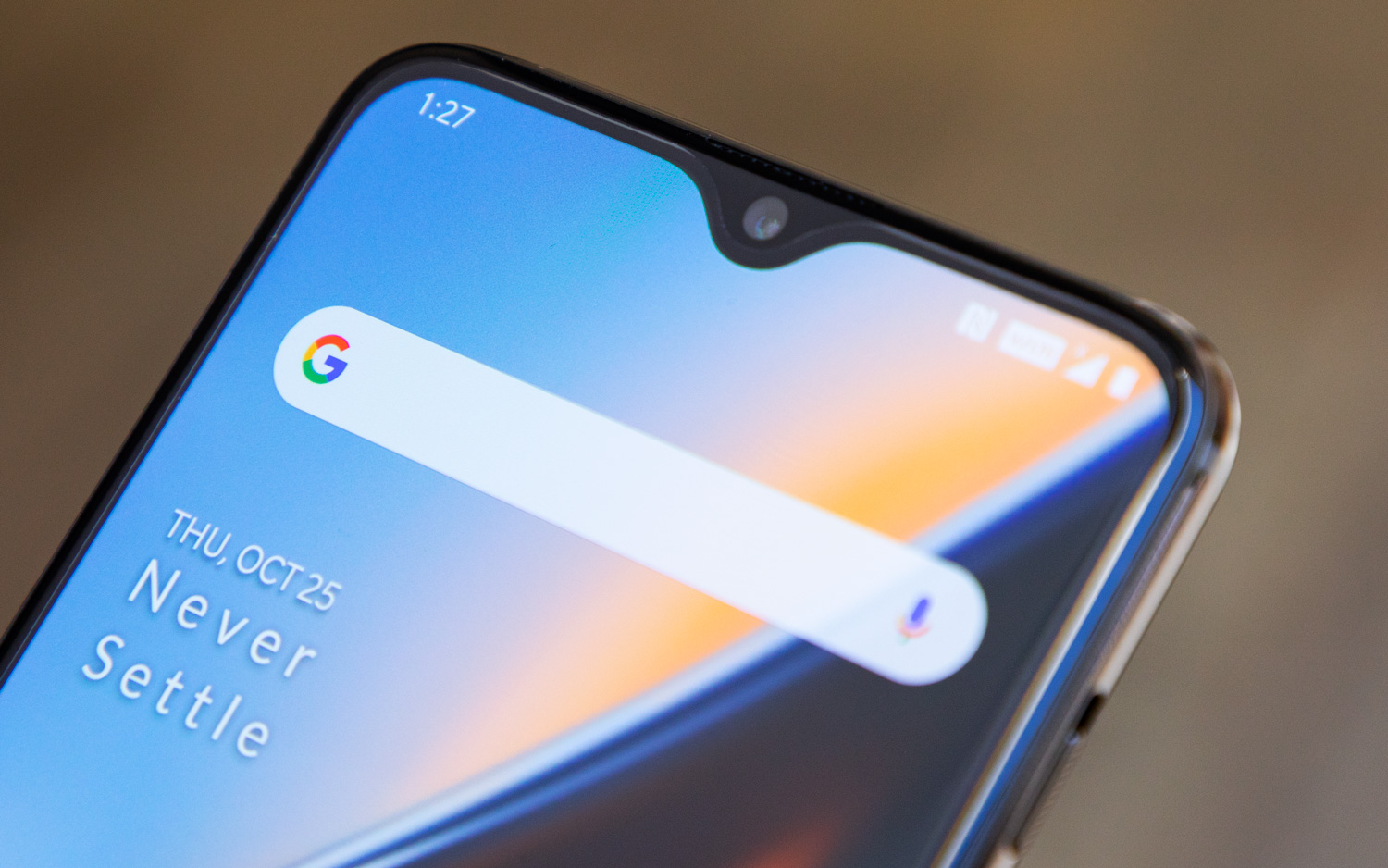
The Chinese startup has certainly come far in the last five years, with eight subsequent phone releases — from highs like the gorgeous Sandstone White OnePlus 5T, to the polarizing yet still pretty OnePlus X. Now, it's on the brink of yet another milestone: On May 14, OnePlus looks to launch not one, but two new phones simultaneously and at different price points for the first time in its short history.
OnePlus 7 vs. OnePlus 7 Pro
Based on everything we know to date, the OnePlus 7 is shaping up to be a relatively straightforward spec upgrade over last year's OnePlus 6T, which currently rates among the top smartphones you can buy right now. As with all the company's previous phones, the OnePlus 7 will incorporate high-end Qualcomm silicon — the Snapdragon 855, to be precise — as well as dual cameras on the back, a 6.4-inch OLED display and an optical fingerprint sensor baked right into the screen.
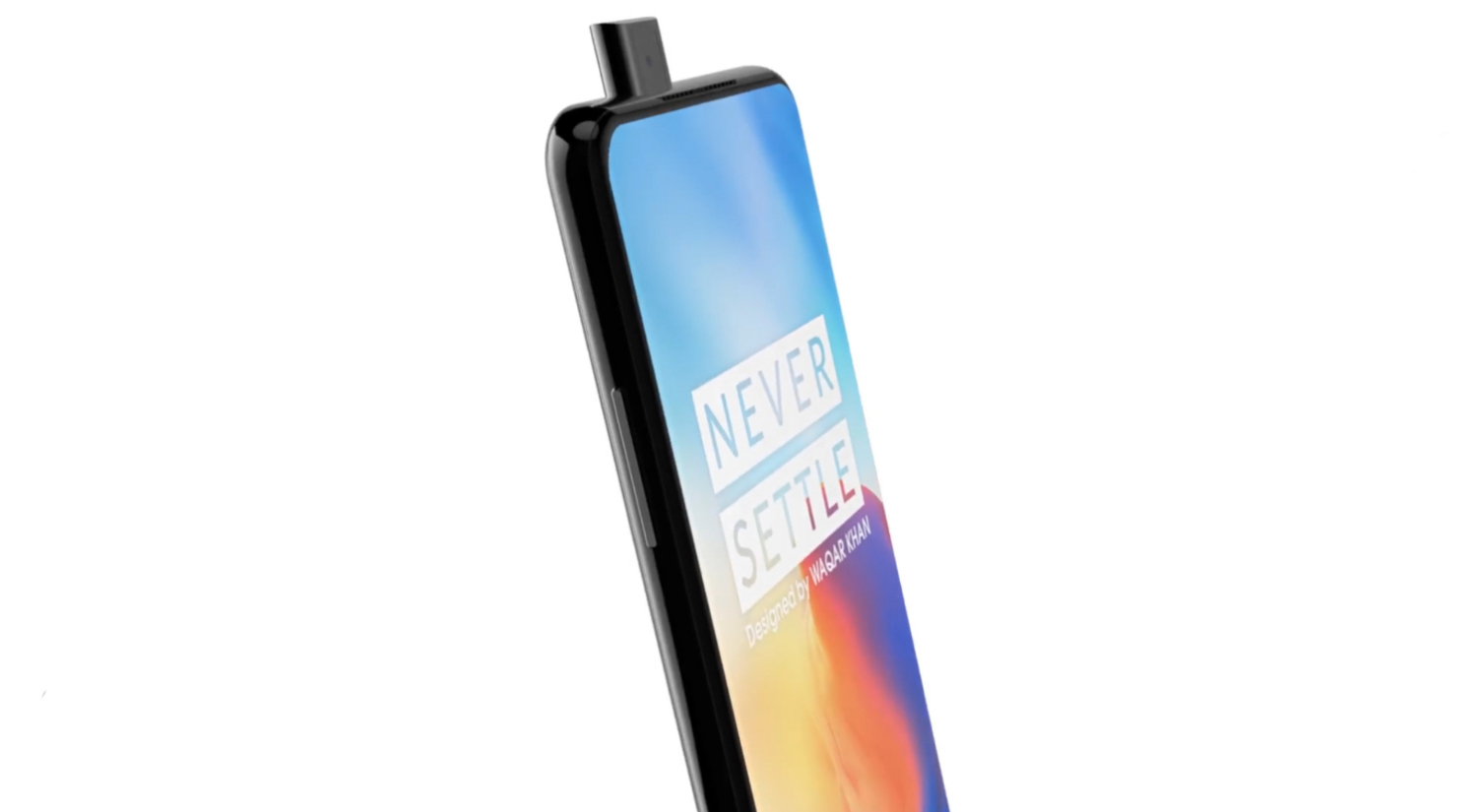
However, it's the more expensive OnePlus 7 Pro that has captivated fans' attention, with its pop-out selfie camera, rumored 6.7-inch, 90Hz display and optional 5G connectivity. And all these extra amenities won't be cheap, as OnePlus is reportedly considering a price of around €749 (roughly $835, though OnePlus will adjust the price for local markets) for the configuration of the Pro with 8GB of RAM and 128GB of storage — about €200 more than where the 6T starts today.
MORE: OnePlus 7 vs OnePlus 7 Pro: Leaked Specs Reveal Key Differences
In all likelihood, the standard OnePlus 7 won't be as pricey. In the past, the company has typically increased the cost of its phones by $20 to $40 from generation to generation, and the non-Pro model will likely keep that tradition alive. But one has to wonder if the introduction of a more premium device, contending with the Galaxy S10 and iPhone XS within the $800 to $1,000 range, is an indication that OnePlus has lost the plot.
On that front, it seems OnePlus' dedicated community is split.
What OnePlus fans think
"Honestly, if you want a cheap phone with great specs I think we're back to the days of installing custom ROMs on imported Chinese midrangers again," said loercase, a commenter on the OnePlus subreddit. "That said, if you have the financial means for it, I think the newest OnePlus phones will be very competitive with flagships from Google, Samsung and LG."
Others are fine with the price hike, so long as the Pro model punches above its weight to justify the added expense.
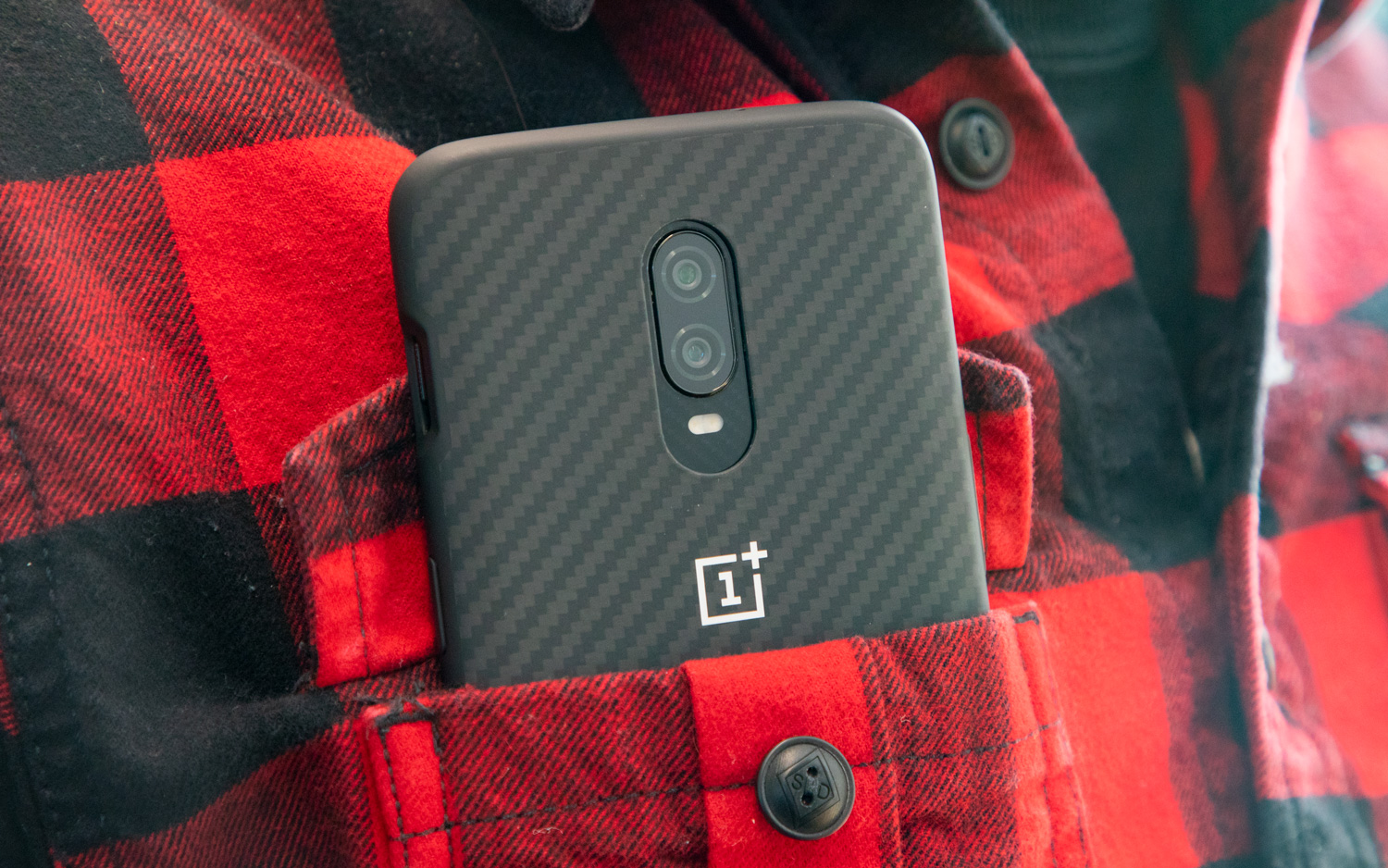
"If they can improve the camera sensors and image processing software, then I'm OK with the price bump," another Reddit user, Mathlete86, said. "The camera on the 6/6T is a big improvement but they still have a long way to go if they're going to justify a price that's similar to the S10e or Pixel 3. Improving specs is good but I don't think it's enough to keep justifying price increases."
OnePlus handsets have always been much better than their bargain prices would lead you to believe. However, people become accustomed to the status quo. Once customers get used to getting a lot for a little, it might not be quite as easy to sell them a lot for a lot.
Then again, that all depends on the strength of the OnePlus brand. Right now, it's easy to assume the company's boosters only buy its products because they're of comparable quality to premium mainstays, and that if OnePlus' products actually were as expensive as the latest wares from Apple, Samsung or Google, that same user base would choose a rival's product instead.
Yet that'd be a disservice to OnePlus' sacred place in the Android ecosystem.
How the OnePlus 7 Pro can win over skeptics
Hardcore Android fans have championed OnePlus from the very beginning for its dedication to offering an almost Pixel-like stock software experience in its phones, devoid of gimmickry. OnePlus handsets are shipped with borderline excessive amounts of RAM to ensure a "fast and smooth" experience above all else. (The McLaren Edition of the OnePlus 6T, for example, offers nearly three times the memory inside the Pixel 3 and 3 XL.) And what features OnePlus does add to the equation — like Reading Mode, intuitive gesture controls and the Shelf home screen pane — are typically cleverly implemented and rarely detract from the overall experience. (We’re looking at you, LG.)
Some Android flagships cost far more than OnePlus' and still can't quite compete in swiftness. In that context, you'd have to imagine OnePlus would be foolish not to nudge itself upmarket, and claim a slice of that premium pie — a space in which it already competes from a performance standpoint.
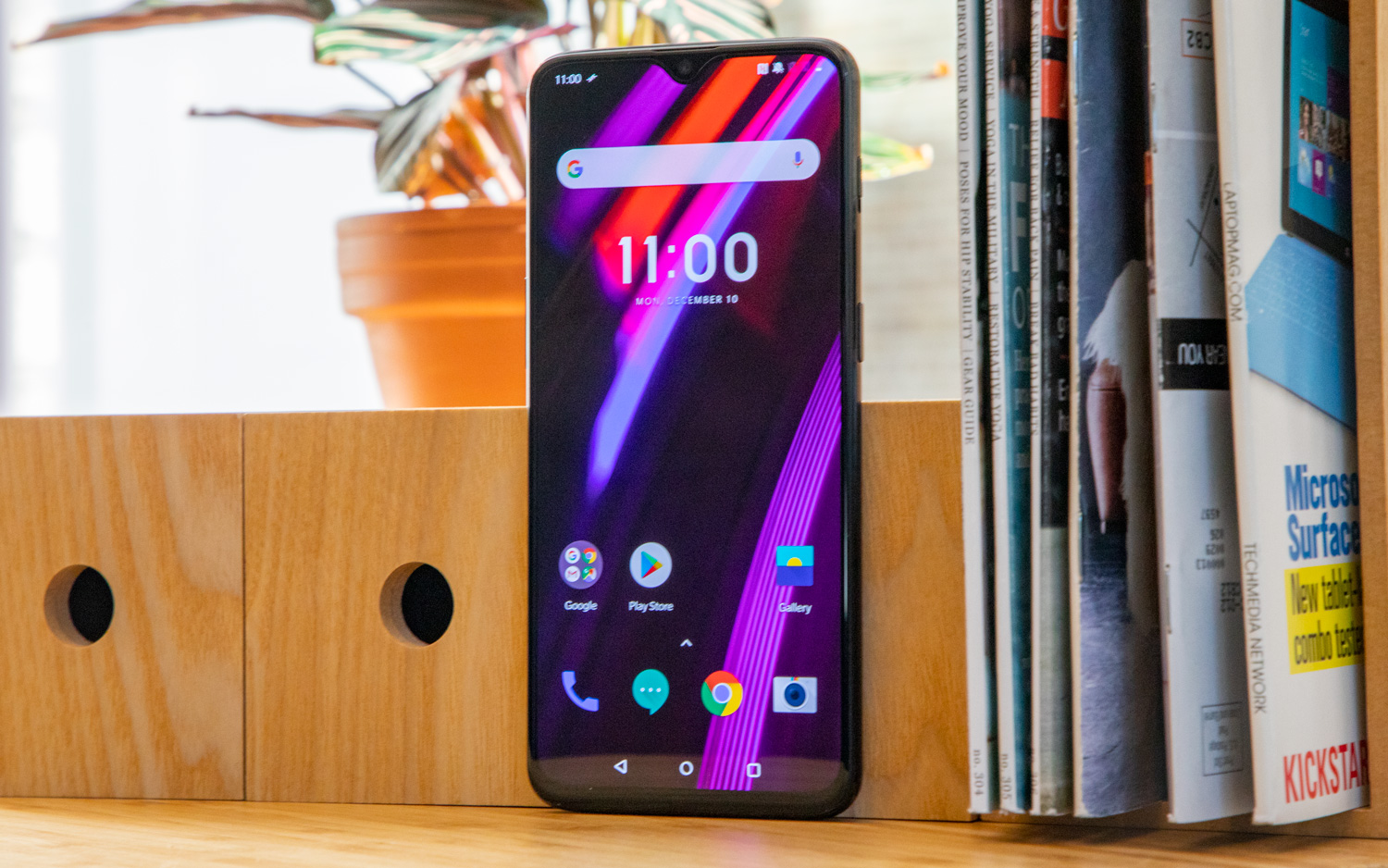
Still, OnePlus will have to make its case to consumers that the existence of the Pro model is justified. And the primary way it can do this is by playing catch up in the one area in which its phones are still deficient: photography.
By all accounts, the OnePlus 7 Pro reportedly won't be short on cameras. Rumors point to a triple-lens arrangement, comprising a 48-megapixel main sensor with a 16-MP wide-angle shooter and an 8-MP telephoto for dramatic, shallow depth-of-field portraits.
Then again, multiple lenses alone don't guarantee imaging prowess. Previous OnePlus hardware has incorporated dual-lens systems, though the results have historically been either good for the price (at best), or downright mediocre (at worst). If OnePlus can close the gap to industry leaders like Huawei and Google with a combination of upgraded hardware and savvy software, it might legitimize the whole super-premium experiment.
MORE: OnePlus 7 Rumor Roundup: Everything You Need to Know
That’s not to say there aren't other areas in which OnePlus could improve. IP-rated water resistance and Qi wireless charging are two features OnePlus has serially ignored over successive release cycles. And as other premium phone makers have moved onto Quad HD resolution screens, OnePlus has never delivered a panel beyond Full HD in one of its devices.
In the past, the company could always make its low prices the scapegoat, claiming it had to economize somewhere. That excuse won't be quite so convincing with the OnePlus 7 Pro.
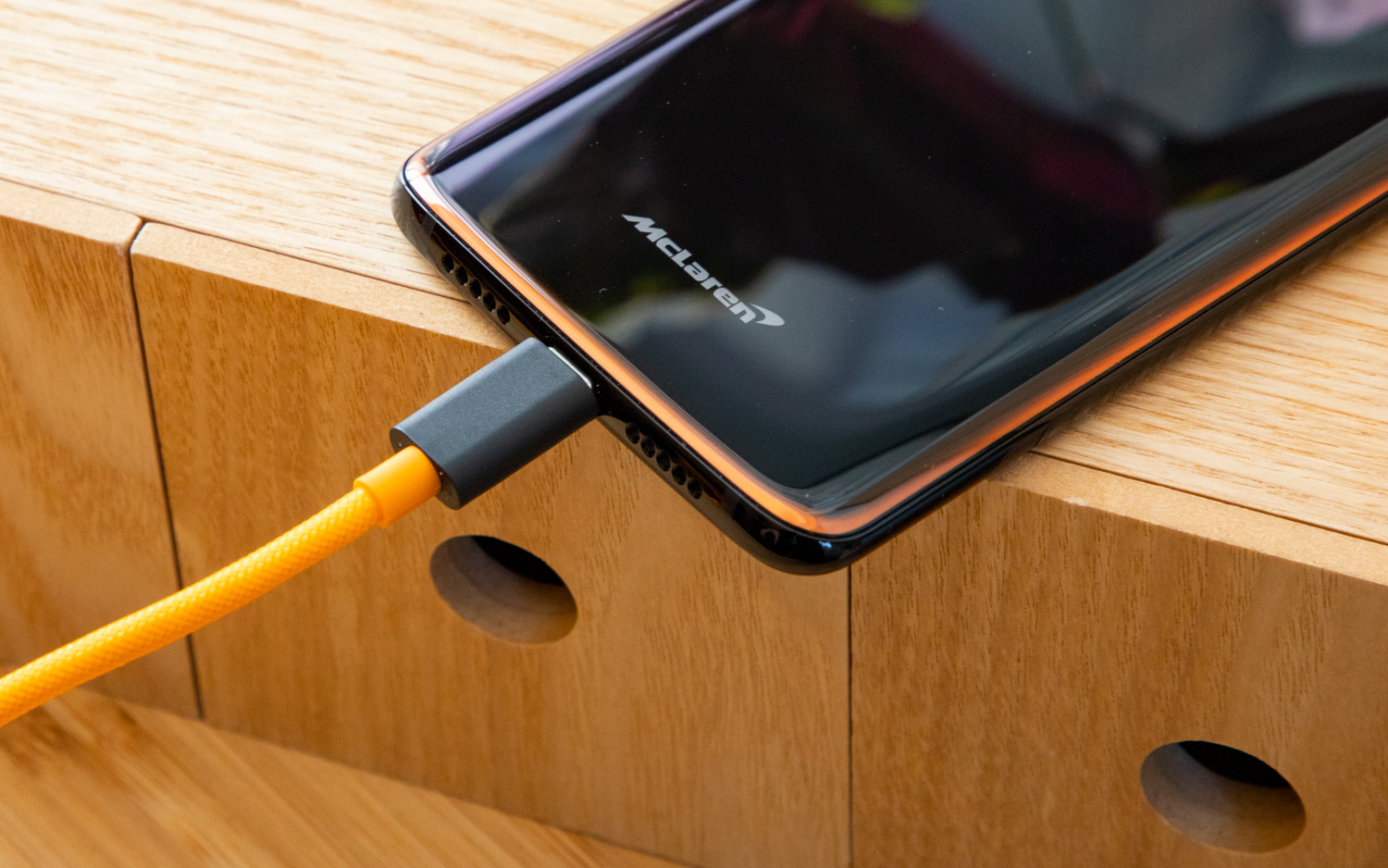
Additionally, OnePlus will have to be careful not to detract too much from the core model’s development in pumping up the Pro version. One rumor last week claimed the standard OnePlus 7 will continue OnePlus' 20-watt fast-charging spec, while the company's new 30W Warp Charge protocol — introduced in the McLaren Edition 6T — will be exclusive to the Pro. That kind of snub is not going to sit well with the brand’s longtime fans, many of which likely chose OnePlus from the get-go precisely because it was a stickler for offering groundbreaking features for less.
Outlook
"OnePlus has been a brand that's built its reputation on providing the best value to its customers, not necessarily the best of the best but the best for the price," Hydra Bob, a user on the official OnePlus forums, said in response to the Pro's rumored high price. "I'd be interested to see how many people will follow them into the 'premium' market. The competition is much stiffer and far less forgiving at the top of the food chain."
Perhaps OnePlus' gambit will pay off, perhaps not. Either way, the company has grown to the point where it needs to give it an honest shot. Let's just hope they don't completely forget the mantra that got them here in the first place.
Sign up to get the BEST of Tom's Guide direct to your inbox.
Get instant access to breaking news, the hottest reviews, great deals and helpful tips.
Adam Ismail is a staff writer at Jalopnik and previously worked on Tom's Guide covering smartphones, car tech and gaming. His love for all things mobile began with the original Motorola Droid; since then he’s owned a variety of Android and iOS-powered handsets, refusing to stay loyal to one platform. His work has also appeared on Digital Trends and GTPlanet. When he’s not fiddling with the latest devices, he’s at an indie pop show, recording a podcast or playing Sega Dreamcast.
